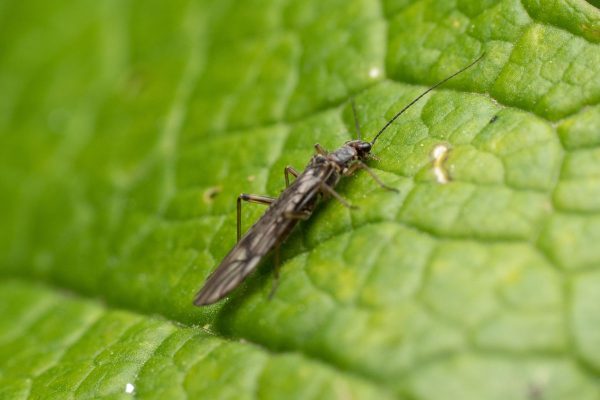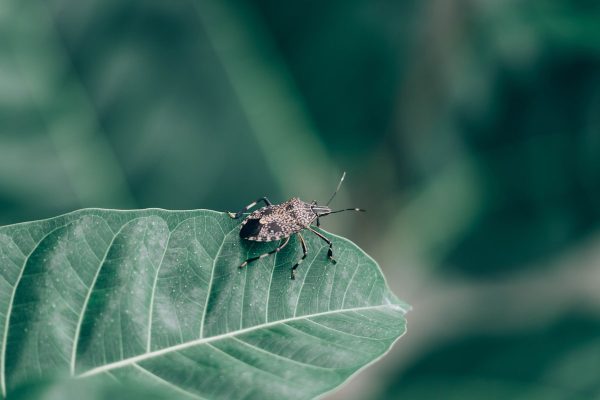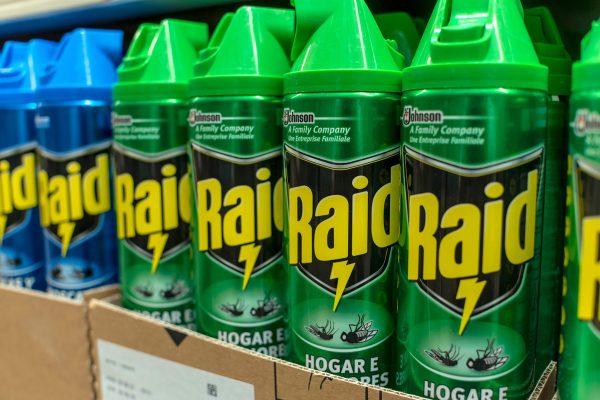The stink bug earned its name because of the odorous stench that emanates from its body. You may be wondering if dryer sheets can repel these pests. We researched this question for your convenience and here's the answer that we found.
Dryer sheets can help repel stink bugs. Use this product by rubbing it on your window screens and other openings around your property. The dryer sheet's scent should latch onto the surfaces, and the strong smell should help deter these insects.
Keep in mind that dryer sheets aren’t the only solution for keeping stink bugs away from your property. Continue reading as we tackle other smells that may help you in deterring these insects.
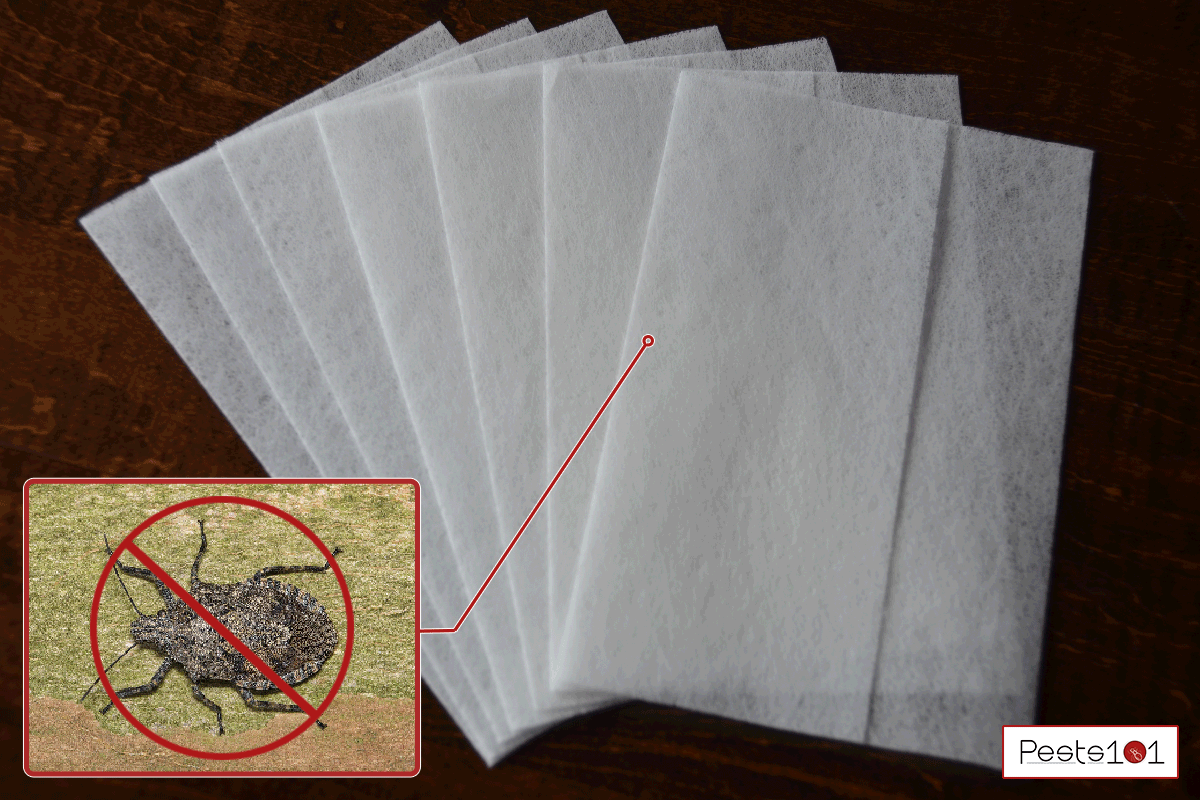
What Smells Do Stink Bugs Hate?
Pleasant-smelling scents often have adverse effects on stink bugs, repelling them from your property. So items with strong yet alluring smells, such as dryer sheets and certain essential oils will help deter these insects.
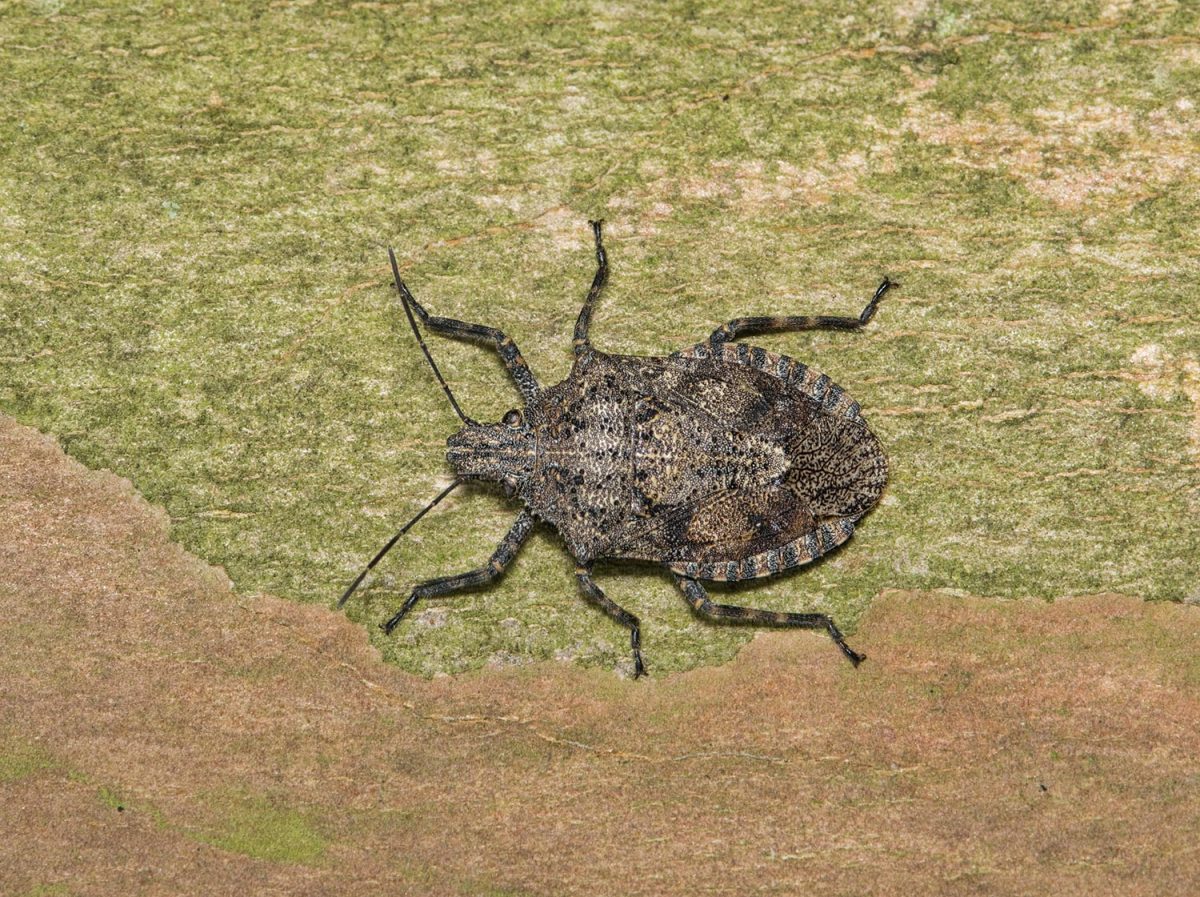
Continue reading through this section to learn additional details about these stink bug-repelling smells.
Dryer Sheets
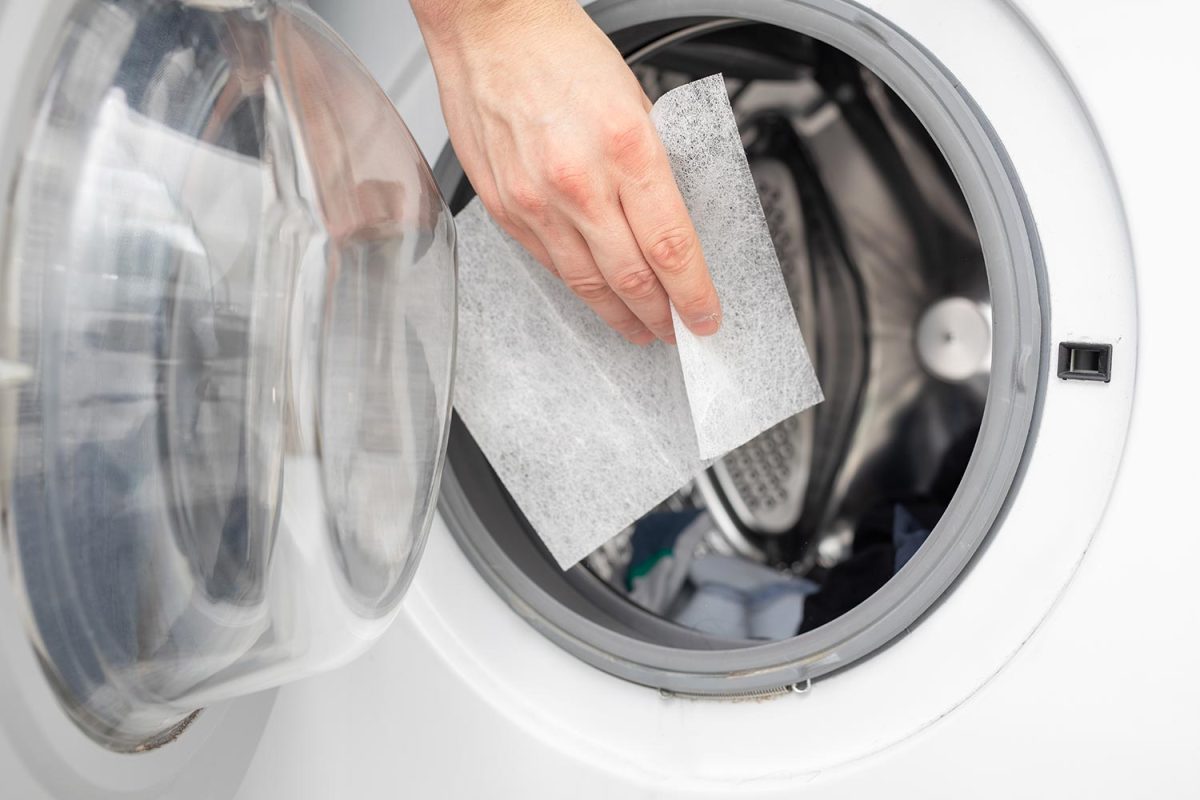
Dryer sheets typically come in a broad range of sweet scents to help make clothes smell appealing. Some examples of these smells are lavender, mint, and vanilla bean. Take note that many manufacturers often have their dryer sheet scents match a particular mood. For instance, Gain, Procter & Gamble’s laundry care line, has smells like:
- Island Fresh
- Moonlight Breeze
- Blissful Breeze
Despite the distinct naming, these scents may still help in repelling stink bugs. Take note that you don’t need to hang these products for them to work. Rubbing these materials onto objects near stink bug-infested areas will usually do the trick.
Check out these dryer sheets on Amazon.
Mint Essential Oil
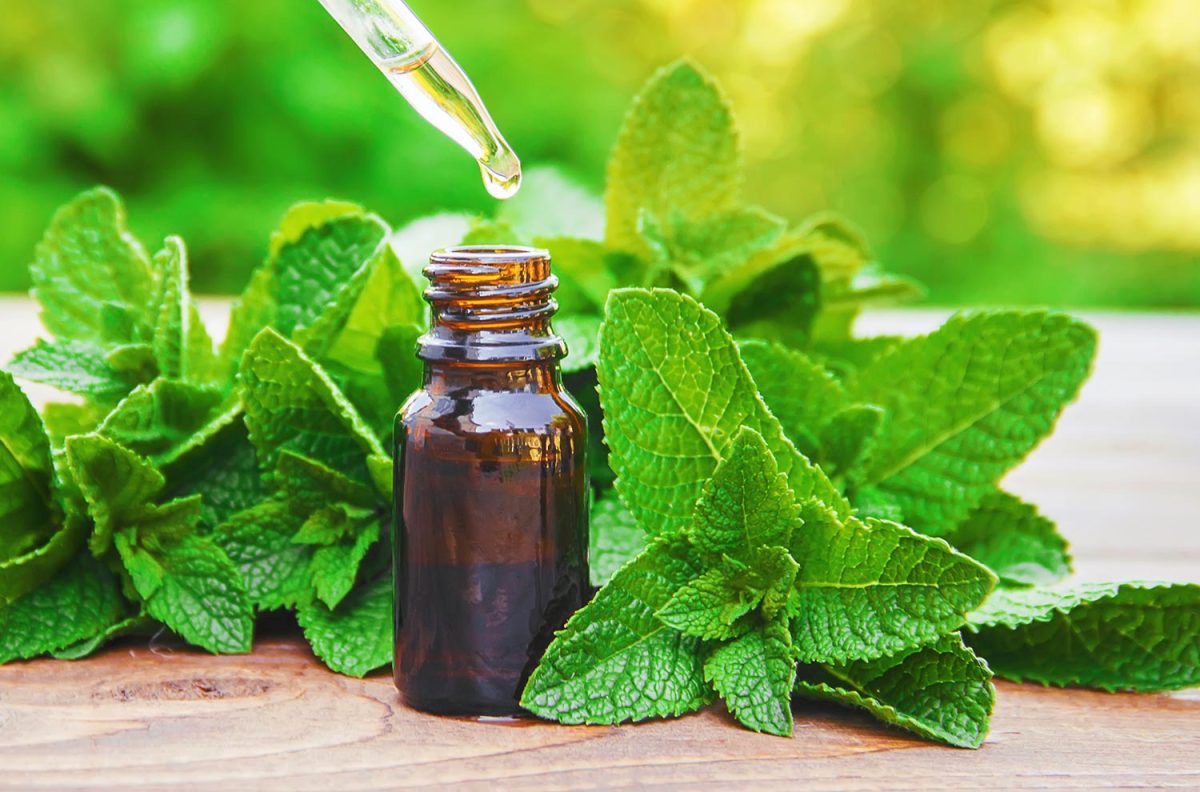
Like just about any organic essential oil, mint oil is typically an extract of the peppermint plant. It also has a fairly strong smell that might help keep stink bugs and other pests away from your property. But keep in mind that this solution will only help deter stink bugs and not kill them. So frequent applications might be necessary to ensure these bugs don't return.
Check out this product on Amazon.
Ylang-Ylang Oil

Ylang-Ylang essential oil has different applications ranging from being a perfume to serving as a flavoring agent. It’s also quite good in repelling stink bugs, particularly when used to maneuver the insects’ movement patterns.
Check out this product on Amazon.
Clove Oil

Clove oil comes from trees of the same name. It also has a range of possible colors that are generally within the yellow part of the spectrum. Plus, its strong, spicy scent may have health benefits, along with providing property owners with security from pesky stink bugs.
You can also use linen spray with a clove scent if you can’t gain access to this particular essential oil. But this product might also come with other ingredients, rendering the concoction less effective in fending off stink bugs.
Check out this product on Amazon.
Other Smells That Can Repel Stink Bugs
Aside from the scents already mentioned, other smells that may help keep stink bugs away are:
- Neem
- Garlic
- Lavender
- Lemongrass
- Wintergreen
- Rosemary
How Do You Repel Stink Bugs?
Different solutions exist to help control your stink bug problem. Here are some of those methods:
Rub Dryer Sheets
Using dryer sheets can be a good way to repel stink bugs from your home. Generally, you only need to rub a sheet onto a window or opening for the material’s scent to stick to that surface. But this effect may only last for a few days before the smell dissipates. You can use additional dryer sheets to help intensify the effect.
Plant Companion Plants
Certain plants also give off strong scents that may help ward off stink bugs and other pests. Some excellent candidates are garlic, lavender, thyme, and/or spearmint plants. These plants can also be long-term solutions, especially when compared to spraying essential oil every few days.
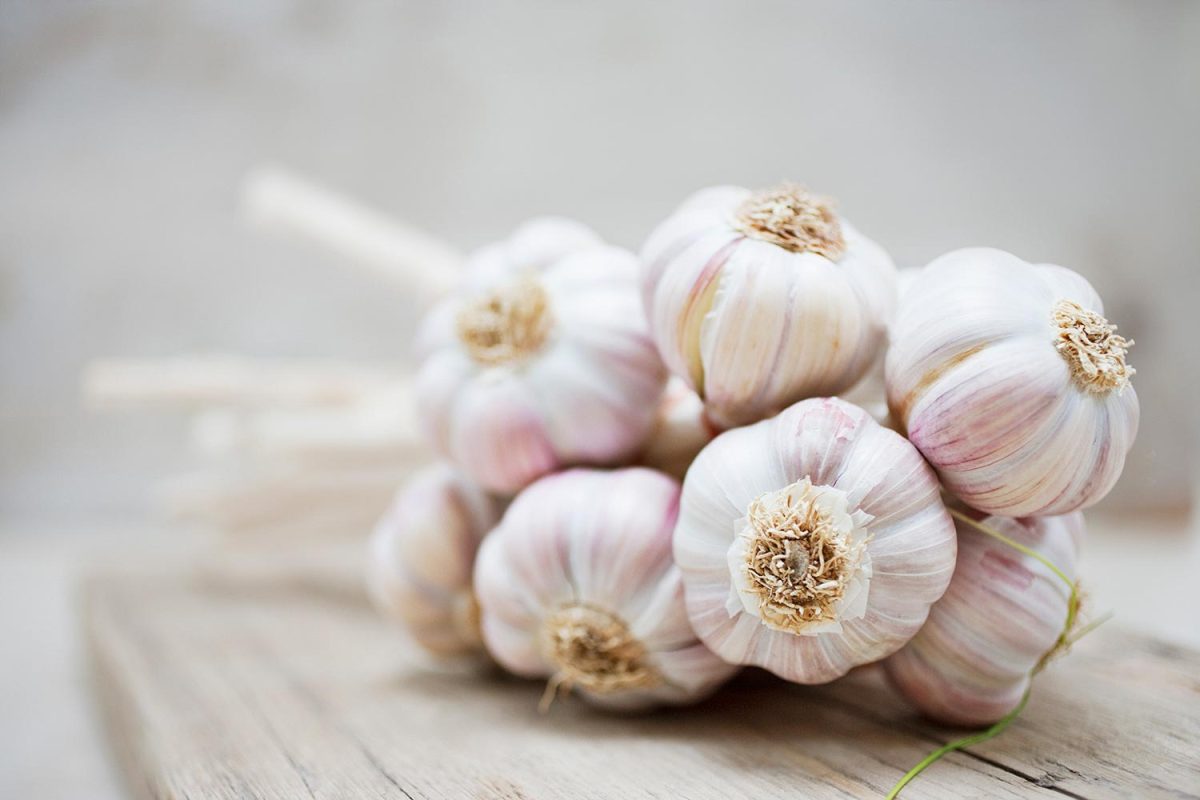
Keep in mind that the steps to gardening these plants often depend on the type. For example, here's a quick look at how to plant garlic:
What You’ll Need
- Leftover garlic cloves
- Plastic cup
- Rainwater
- Native soil
- Compost
- Plant pot
Step-by-Step Guide
- Pour a small amount of rainwater into the plastic cup.
- Place the leftover garlic cloves into the water in the plastic cup. Make sure that the part where the roots appear is in the water.
- Leave the plastic cup on a windowsill for for a few days to one week.
- After a sufficient period, transplant the garlic plants to a plant container with 50% compost and 50% native soil.
- Plant the small garlic plants while ensuring they’re at least 2 inches deep.
Check out this product on Amazon.
Although it’s quite easy to grow, you can still make mistakes in growing garlic. Here are some important reminders to help ensure the growth of this bulbous plant:
- Don’t tug the leaves. Only apply gentle pulling pressure when removing a full-grown garlic plant from the soil.
- Water the garlic plant at least once per week. You may need to apply additional irrigation techniques if necessary.
- Use organic pesticides. Even though only a few species of insect can ruin garlic plants, only use natural insect killers to prevent bringing them harm.
Watch this video to get a visual guide for the steps mentioned above:
Use Weatherstripping On Windows
Stink bugs can enter your home through the gaps in your window frames. Sealing these passageways with weatherstripping can help block the insects’ entry.
Follow these general steps to help you install weatherstripping on your windows:
What You’ll Need
- Soapy water
- Clean cloth
- Sponge
- Utility knife
- Weatherstripping
Step-by-Step Guide
- Clean the window sash using a sponge dipped in soapy water.
- Wipe and dry the soapy areas with a clean cloth.
- Install the weatherstripping based on the manufacturer’s instructions.
- Cut the excess material with the utility knife.
Check out this product on Amazon.
Request Help From Professional Exterminators
If you have a stink bug infestation on your property, you may need to request help from pest control experts. Take note that this option may require you to spend approximately $111 to $261. The precise cost for an exterminator’s services often depends on certain factors like:
- Infestation size
- Accessibility of the location
- Treatment to use
- Frequency of treatments
- Equipment and materials to use
What Are The Natural Enemies Of The Stink Bug?
You can let loose insects like assassin bugs, two egg parasitoids, and other stink bug species, as they feed on the typical stink bug. However, some of these predatory insects may also attack beneficial bugs. This may damage your garden’s ecosystem if left unchecked.
What Are Stink Bugs Attracted To?
Stink bugs are generally attracted to light and moisture. These insects also like to live and breed in dark spaces, which makes cracks in home foundations a good candidate for their nests. Also, it’s ideal to dispose of garbage properly, as the scent of trash and decomposing material may also attract stink bugs.
Final Words
You can use dryer sheets to help keep stink bugs away from your property. Other options include spraying certain essential oils onto strategic locations or planting strong-smelling plants on your lawn. But if you have a relatively large stink bug infestation, you may need to consult the help of professional exterminators.
If you want to learn about other insect management techniques, check out these great reads:







